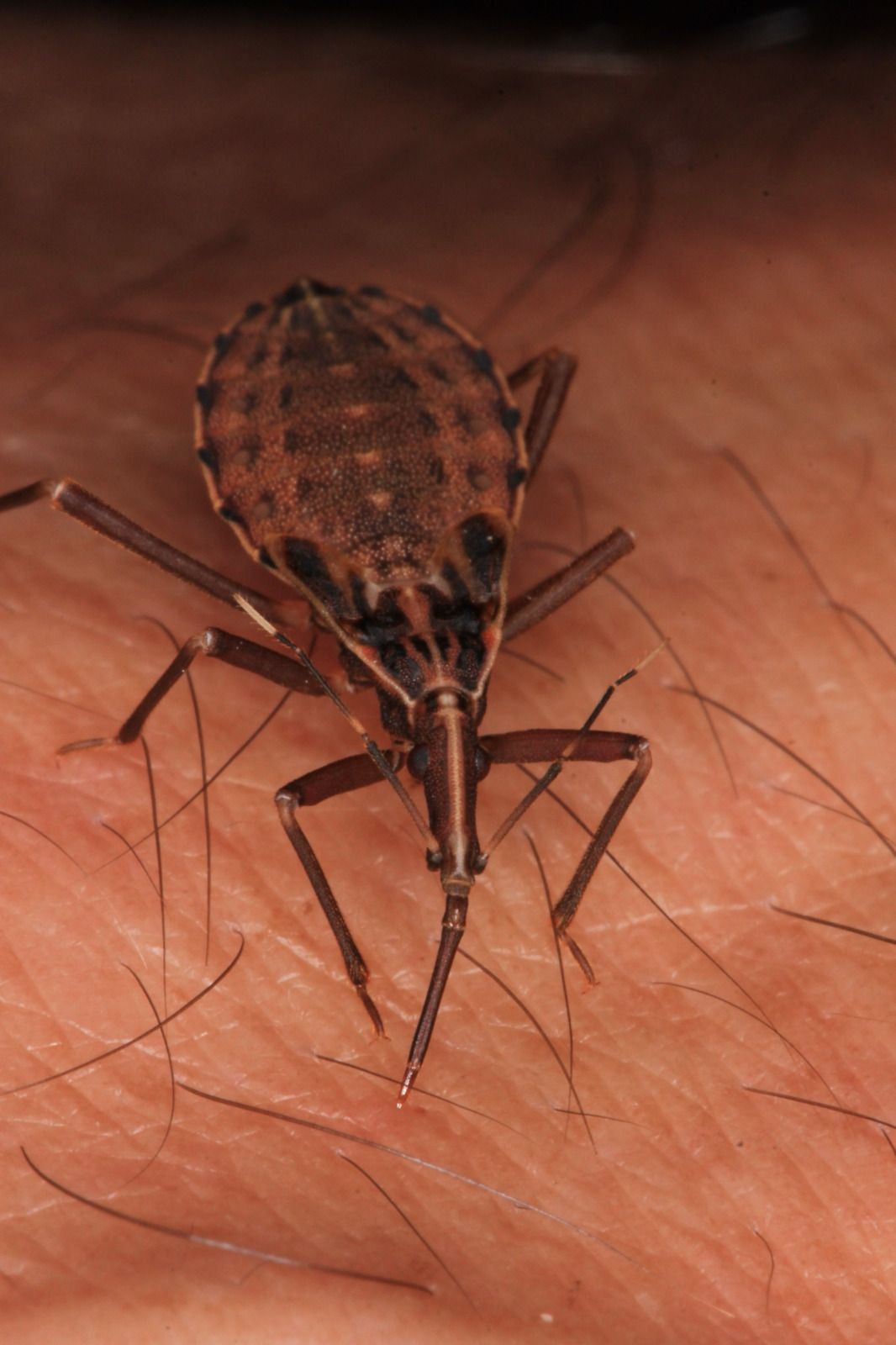Memórias do Instituto Oswaldo Cruz, , 2024
Abstract
Trypanosoma rangeli is a hemoflagellate parasite that infects triatomine bugs and mammals in South and Central America. Trypanosoma cruzi, the etiological agent of Chagas disease, has a partially overlapping geographical distribution with T. rangeli, that leads to mixed human infections and cross-reactivity in immunodiagnosis. Although T. rangeli can be detected long after mammal infection, its multiplicative forms have not yet been described. To enhance our understanding of T. rangeli development in mammals, this study assessed various infection parameters in mice over time. The parasitemia, body temperature, and weight of Swiss Webster mice were monitored over 120 days after exposing them to the bites of Rhodnius prolixus nymphs containing metacyclic trypomastigotes in their salivary glands. On day 132 post-infection, spleens and mesenteric lymph nodes were analyzed for T. rangeli DNA using PCR and qPCR. Parasites were detectable in mice blood since day 2 post-infection, detection peaking on day 5 and becoming undetectable by day 120. PCR and qPCR detected T. rangeli DNA in the spleens and mesenteric lymph nodes of infected mice. Infected mice showed higher body temperatures and a slower weight gain over time compared to controls. The study confirmed that T. rangeli establishes a persistent infection in mice, detectable in lymphoid organs long after parasites had disappeared from blood. In addition, infected mice exhibited physiological changes, suggesting potential subclinical effects. These findings highlight the need for further studies on the immune response and potential impacts of T. rangeli infection in mammalian hosts.

